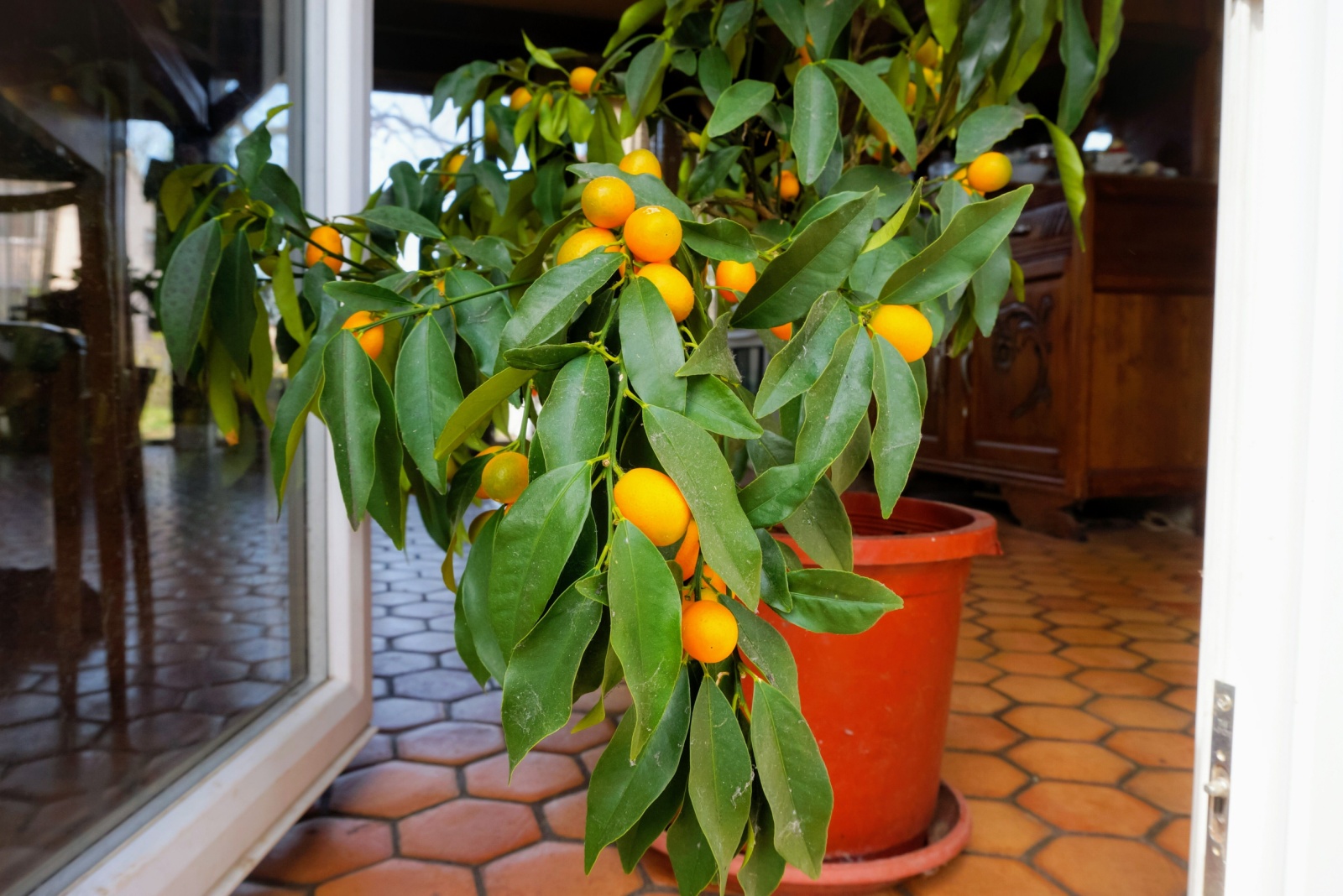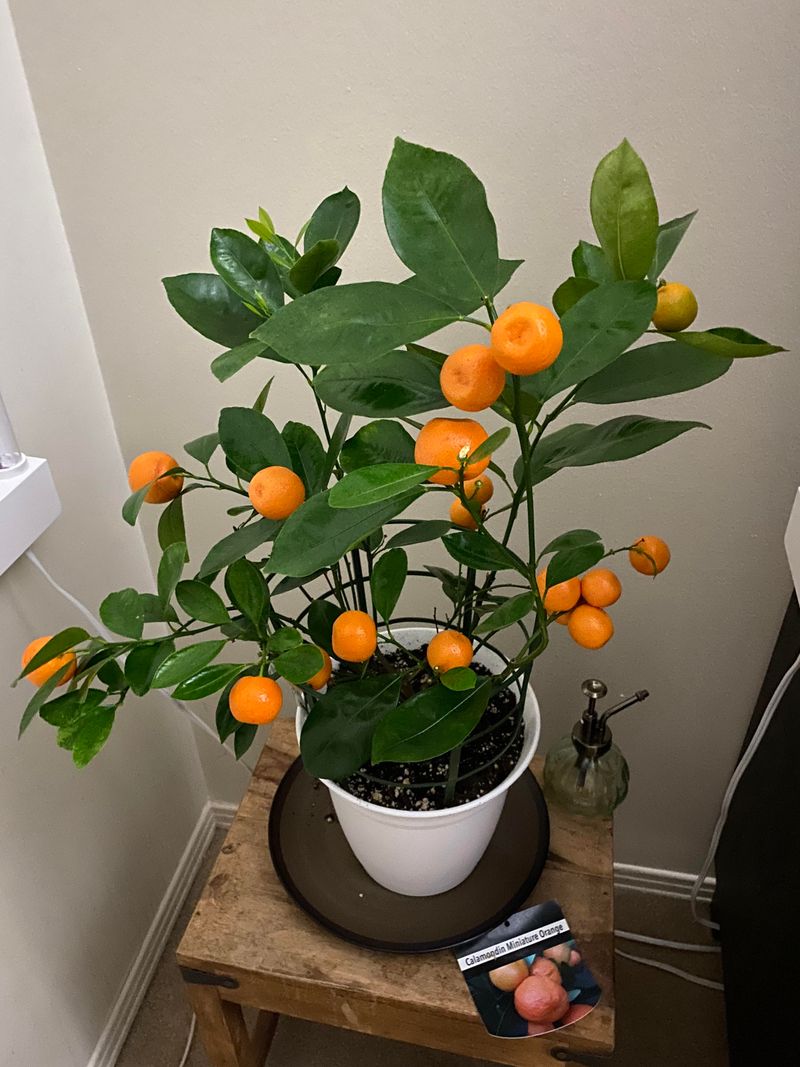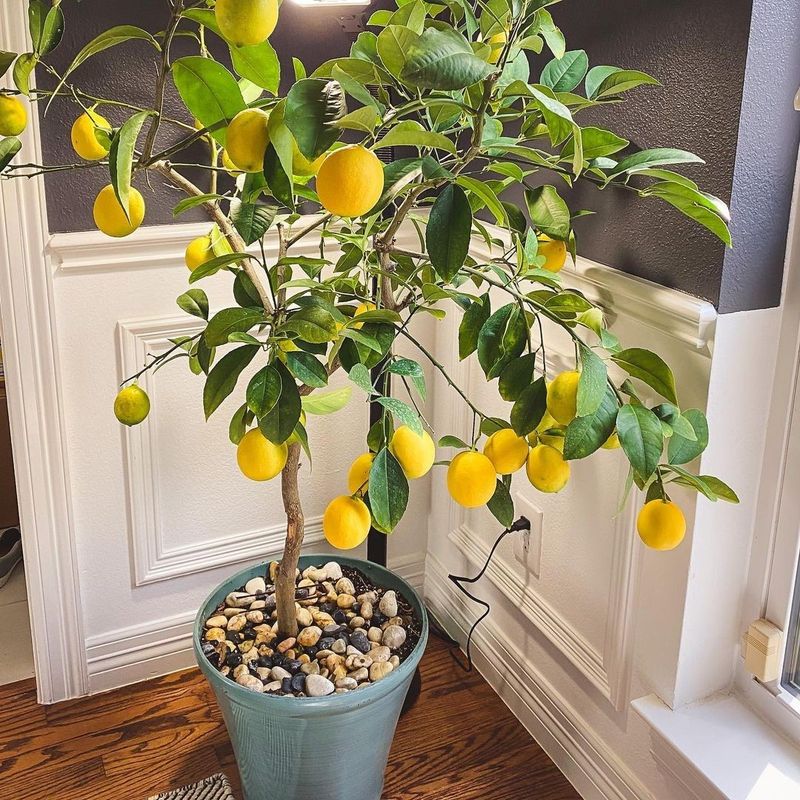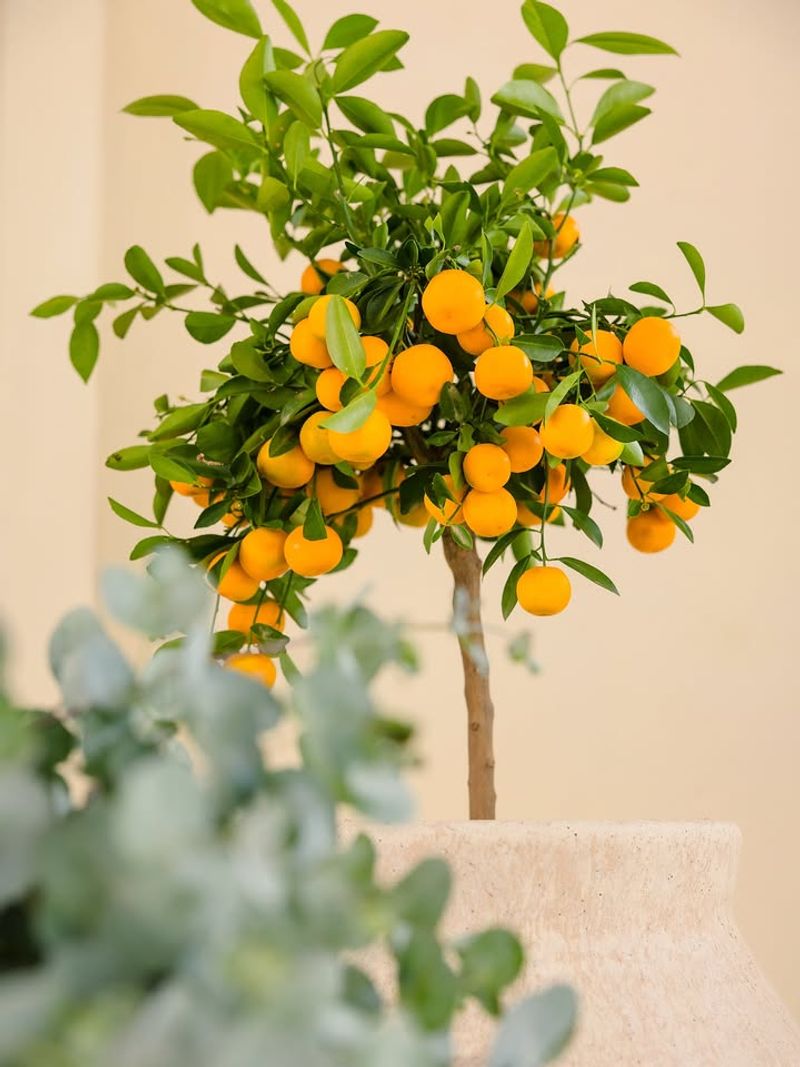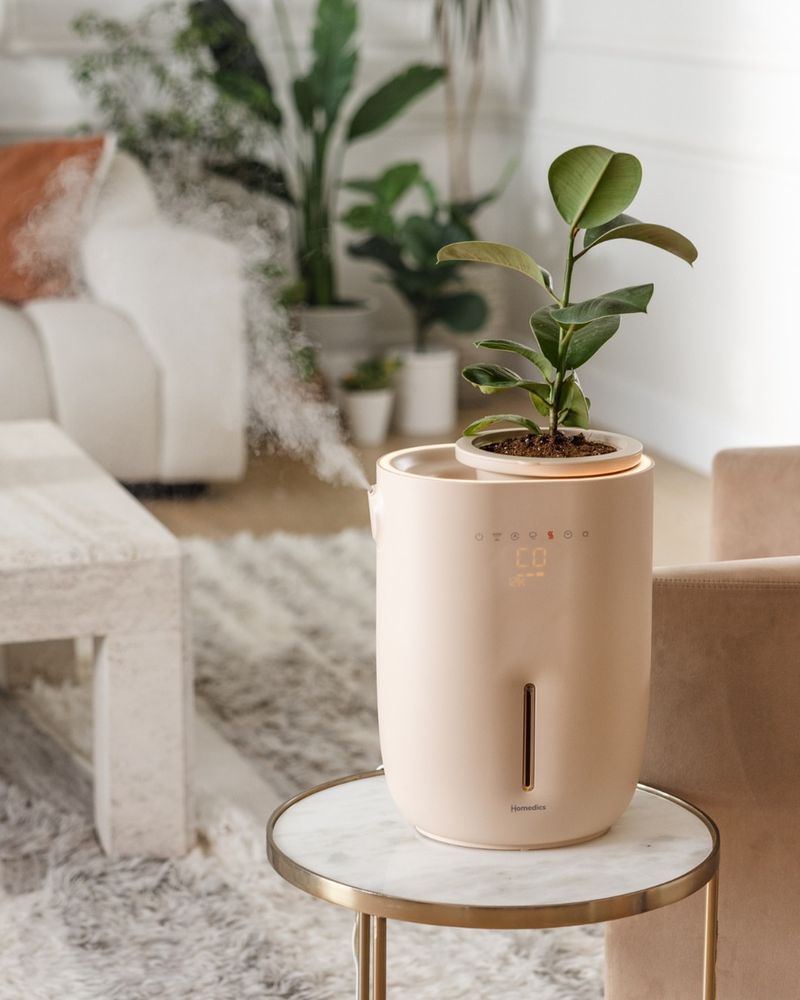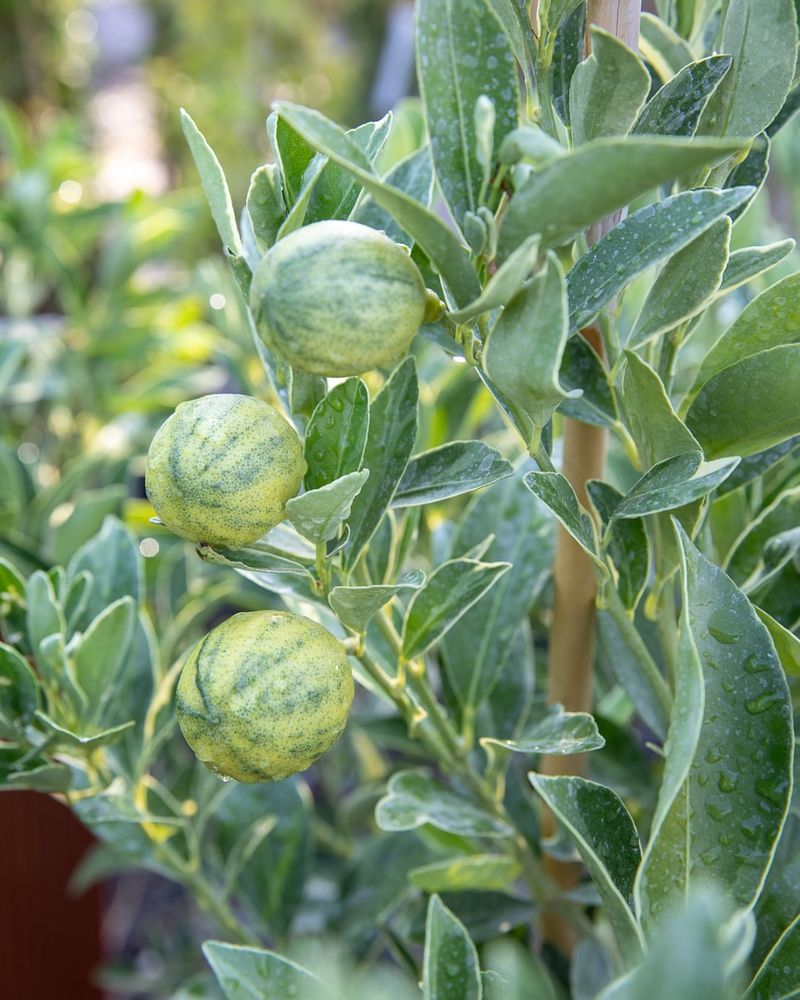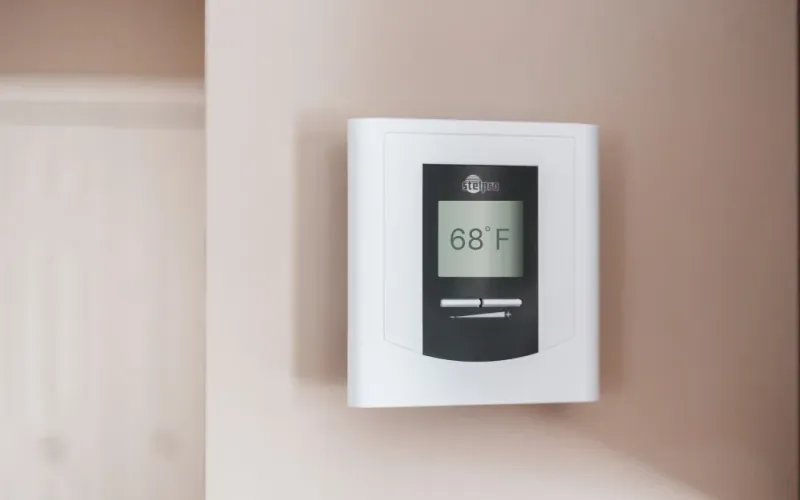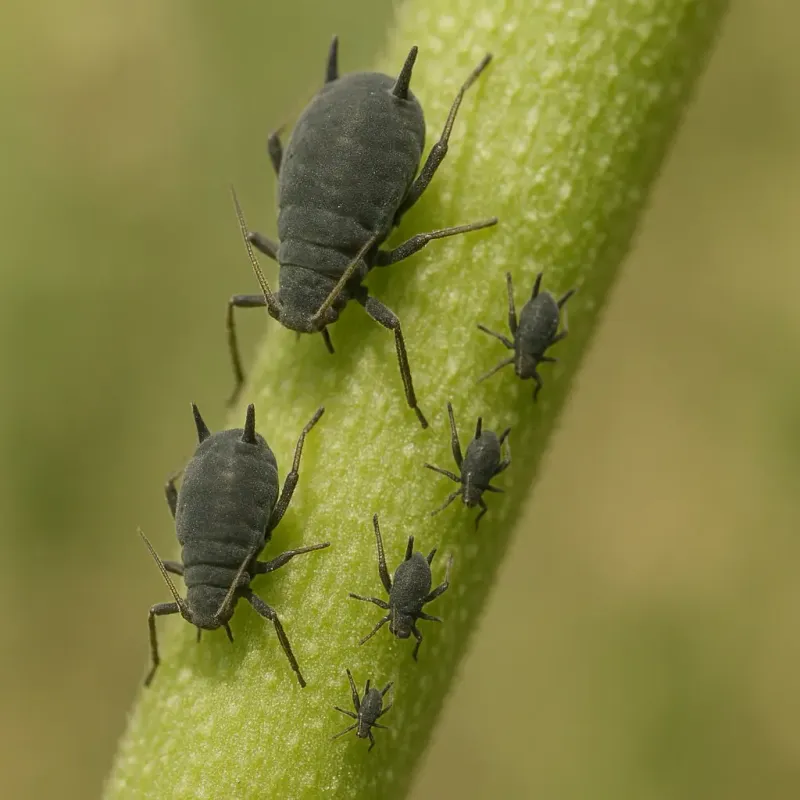Snow may be falling outside, but that doesn’t mean you can’t have a little sunshine growing indoors. Even in Pennsylvania’s frosty winters, citrus trees can thrive with the right care—and reward you with glossy leaves, fragrant blossoms, and maybe even a few homegrown lemons or oranges.
All it takes is a bright window, a bit of patience, and the know-how to turn your living room into a slice of the tropics. Here’s how to make your indoor citrus truly thrive.
1. Choose The Right Citrus Variety
Not all citrus trees adapt well to indoor life, so picking the right variety makes all the difference. Meyer lemons, Calamondin oranges, and Key limes are naturally smaller and handle container living beautifully.
Dwarf varieties stay compact, making them perfect for Pennsylvania homes with limited space. They also produce fruit faster than their full-sized cousins, so you won’t wait forever for results.
Visit local nurseries or order from reputable online sellers to find healthy starter plants. Choosing wisely from the start sets you up for citrus success!
2. Provide Plenty Of Bright Light
Citrus trees are sun-loving plants that crave at least six to eight hours of bright light daily. South-facing windows work best in Pennsylvania homes because they capture the most sunlight throughout the day.
If natural light falls short during winter months, supplement with LED grow lights to keep your tree happy. Position the lights about twelve inches above the canopy and run them for ten to twelve hours daily.
Without adequate light, your tree may drop leaves, grow weak, or refuse to produce fruit.
3. Water Consistently But Don’t Overdo It
Finding the perfect watering balance keeps citrus roots healthy and prevents common problems. Stick your finger about two inches into the soil—if it feels dry, it’s time to water thoroughly until liquid drains from the bottom.
Pennsylvania’s indoor heating can dry out soil faster in winter, so check moisture levels regularly. Never let your tree sit in standing water, as soggy roots lead to rot and disease.
Using pots with drainage holes is essential for preventing waterlogged conditions that harm citrus trees.
4. Maintain Proper Humidity Levels
Citrus trees come from humid tropical regions, so Pennsylvania’s dry indoor air can stress them out. Aim for humidity levels around 50 percent to keep leaves vibrant and prevent browning tips.
Placing a humidifier near your tree or setting the pot on a tray filled with pebbles and water helps increase moisture in the air. Misting leaves occasionally provides a quick humidity boost, though it’s not a complete solution.
Grouping multiple plants together also creates a mini humid microclimate that benefits all your greenery.
5. Feed With Citrus-Specific Fertilizer
Citrus trees are heavy feeders that need regular nutrients to grow strong and produce fruit. Use a fertilizer specifically formulated for citrus plants, as these contain the right balance of nitrogen, phosphorus, and potassium plus essential micronutrients.
Feed your tree every four to six weeks during spring and summer when growth is most active. Cut back to every eight weeks in fall and winter when the tree naturally slows down.
Following the package instructions prevents over-fertilizing, which can burn roots and damage your plant.
6. Control Temperature And Avoid Drafts
Citrus trees prefer consistent temperatures between 60 and 75 degrees Fahrenheit, which most Pennsylvania homes can easily provide. Sudden temperature swings stress the plant and cause leaf drop or stunted growth.
Keep your tree away from heating vents, air conditioners, and drafty windows that create uncomfortable hot or cold spots. Moving your tree to a cooler room during winter dormancy can actually encourage better fruiting in spring.
Stability matters more than perfection when it comes to temperature management for indoor citrus.
7. Prune And Inspect For Pests Regularly
Regular pruning keeps your citrus tree shapely, encourages bushier growth, and improves air circulation around branches. Trim dead, damaged, or crossing branches anytime you notice them using clean, sharp pruning shears.
While pruning, inspect leaves and stems carefully for common indoor pests like spider mites, aphids, and scale insects. Catching infestations early makes treatment with insecticidal soap or neem oil much more effective.
A little attention to pruning and pest control goes a long way in maintaining a healthy, productive citrus tree.

